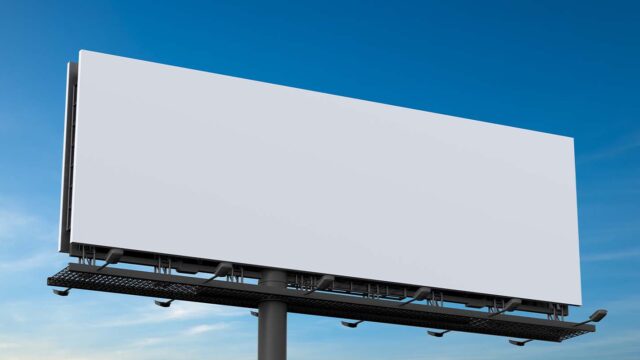Super Bowl Ad rates hit $8 million – How does Kenyan advertising compare?
While some organisations use radio and billboards to reach their target audience, newspaper advertising remains one of the key traditional advertising platforms in Kenya, with significant reach and impact.

The Super Bowl went down on Sunday, 9 and 126 million viewers tuned in to watch the Philadelphia Eagles crash the Kansas Chiefs 40-22 to win Super Bowl 59.
This is the pinnacle of American football, and even those who are not avid fans of the National Football League (NFL) had something to watch. For example, some were excited about 22-time Grammy-award-winning artist Kendrick Lamar’s halftime performance. Others looked forward to the big-budget advertisements worth millions of dollars during game breaks.
Due to the sheer volume of audiences that tune in every year—last year’s game averaged 123.4 million viewers—the Super Bowl has arguably become the most coveted platform for advertisers. With the largest-ever live television audience that doesn’t skip ads, advertisers have found a large captive audience, which is rare since viewers have the option of skipping ads on various streaming services.
The Super Bowl has grown into the holy grail for advertisers, and advertising costs continue to rise each year. This year, brands spent an average of $8 million (KSh1,033,200,000) on a 30-second commercial, a million dollars more than the $7 million it cost for the same duration in 2024.
According to IPSOS data, some of the best ads that won the night at the Super Bowl included Little Caesars, Pringles, Nike, and Budweiser.
But advertisers aren’t limited to buying space during the game. Super Bowl pre-game ads cost an average of $4.5 million (KSh581,175,000), while post-game advertisers spend at least $4 million (KSh516,600,000).
With technology, the advertising landscape has evolved, enabling companies to gain new ways of targeting and reaching consumers. Today, print and broadcast are the traditional forms of advertising, while social media ads have become the modern option.
While some organisations use radio and billboards to reach their target audience, newspaper advertising remains one of the key traditional advertising platforms in Kenya, with significant reach and impact. The cost depends on various factors, like the publication and the size of the ad.
Front-page and back-page ads cost more than the inside pages of publications, and the right-hand side is usually more expensive. Coloured ads are also pricier than black-and-white ads, and certain days of the week are more expensive than others.
For example, placing a full-page coloured ad in the Daily Nation costs KSh590,000, while a black-and-white one goes for KSh472,000. This is specific to Saturday, and Sunday to Thursday. On Fridays, a black-and-white ad costs KSh588,000, and you’ll part with KSh740,000 for a coloured one. The cost will also vary for special position placement in the newspaper. On Friday, a page 1 ad (a front-page strip) will cost KSh230,000, while page 3 will cost KSh340,000.
On television, a five-second ad during the 7:00 p.m. news broadcast costs about KSh20, 540. The longer the ad, the pricier it is.
If you want to air a documentary lasting 3 to 10 minutes at 9:45 p.m., be ready to part with KSh750,000. For a live transmission, a cool KSh1million will do.
Radio, on the other hand, is slightly cheaper than television. Between 6 a.m. and 10 a.m., a 30-second ad costs KSh15,000, but this price will drop to KSh5,000 between 8 p.m. and 6 a.m.
When it comes to outdoor advertising, billboards run the show, and they come in various formats, such as static, digital, mobile, pole, and wallscapes.
Metropolitan Star Lite Limited, an out-of-home media company that installs digital signboards, charges KSh350 000 (Ex VAT net) per month to advertise on its LED digital screens.
Its digital screens are usually installed in strategic places with high foot traffic for more visibility.
The cost of regular static billboards may vary depending on factors such as the size and location and can set one back between KSh150,000 and KSh400,000 per month.
For the mobile LED trucks, the price ranges between KSh200,000 and KSh250,000.
With Valentine’s Day around the corner, these are the charges if you want to post your “mpoa” on a billboard or an LED screen on the Thika superhighway.
